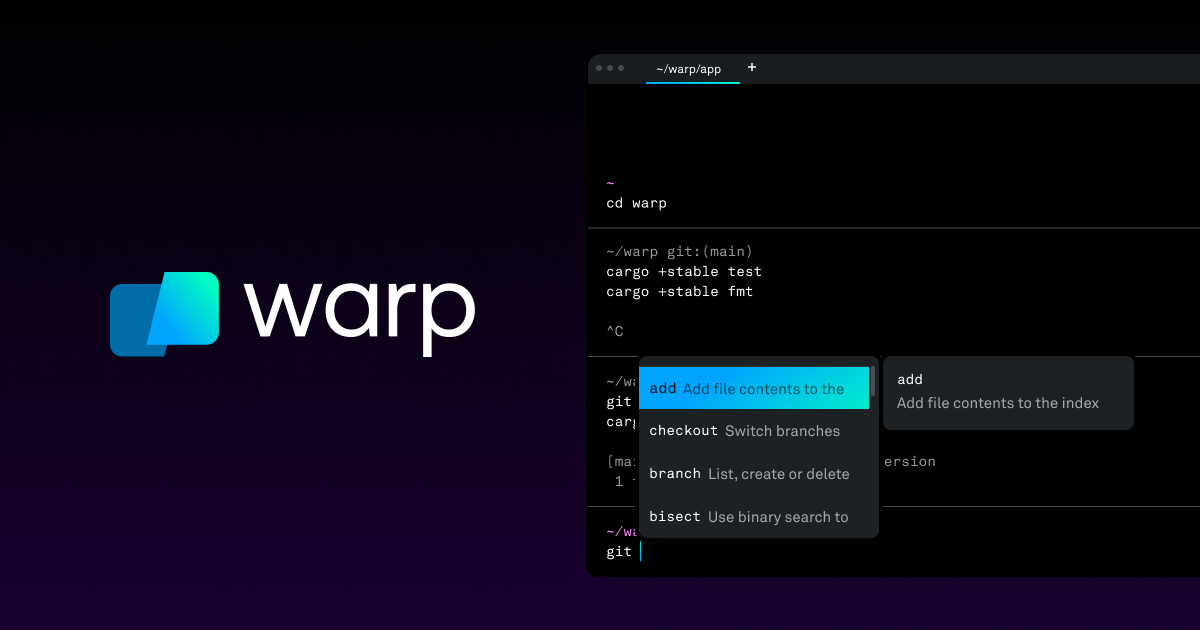

Thanks for your input, but i cannot remember the exact error. But it would say it cannot install steam because of layering.
See we had auroa layered on bazzite, and for some reaaon steam wouldnt install because it got added then removed by layers.
We had the same problem with firefox, another friend needed non-flatpak firefox for a cac card reader and there were drivers available but didnt work with flatpak. And when we tried to install firefox via rpm os-tree it just failed in the same way




huh thanks for the insight, there is alot of moving parts to ublue XD